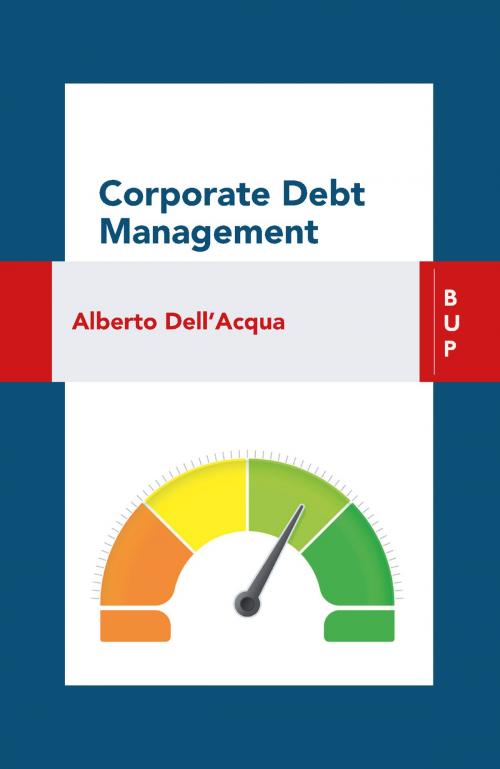| Author: | Alberto Dell'Acqua | ISBN: | 9788885486362 |
| Publisher: | Bocconi University Press | Publication: | June 1, 2018 |
| Imprint: | Bocconi University Press | Language: | English |
| Author: | Alberto Dell'Acqua |
| ISBN: | 9788885486362 |
| Publisher: | Bocconi University Press |
| Publication: | June 1, 2018 |
| Imprint: | Bocconi University Press |
| Language: | English |
Corporate Debt Management is an essential, practical and easy-to-read book . It summarizes in simple and clear terms the main theoretical contributions on the subject of debt decision choices and effectively illustrates their main managerial implications. Moreover, it adds to the management knowledge by providing practical examples on how to implement an optimal capital structure, using real financial data, and how to construct and use a debt management plan. The book also provides a clear management guide of the banking and capital markets instruments to design the most coherent financial structure for a company. A final section concludes the book with a description and a discussion of the main financial strategies that corporate managers could adopt in order to guide their decisions related to the corporate debt level. It will help lecturers to deal with practical issues related to the capital structure of corporates. In particular, it will help to address issues like: how can we practically implement the search for the optimal capital structure promoted by the theory? How can we analyze the sustainability of a certain corporate debt level? How can we integrate a debt management plan with the main ratios used by banks and financial intermediaries? How can we link the corporate financial needs with the financial solutions available on credit and capital markets?
Corporate Debt Management is an essential, practical and easy-to-read book . It summarizes in simple and clear terms the main theoretical contributions on the subject of debt decision choices and effectively illustrates their main managerial implications. Moreover, it adds to the management knowledge by providing practical examples on how to implement an optimal capital structure, using real financial data, and how to construct and use a debt management plan. The book also provides a clear management guide of the banking and capital markets instruments to design the most coherent financial structure for a company. A final section concludes the book with a description and a discussion of the main financial strategies that corporate managers could adopt in order to guide their decisions related to the corporate debt level. It will help lecturers to deal with practical issues related to the capital structure of corporates. In particular, it will help to address issues like: how can we practically implement the search for the optimal capital structure promoted by the theory? How can we analyze the sustainability of a certain corporate debt level? How can we integrate a debt management plan with the main ratios used by banks and financial intermediaries? How can we link the corporate financial needs with the financial solutions available on credit and capital markets?















